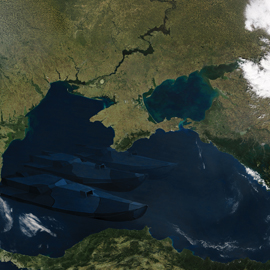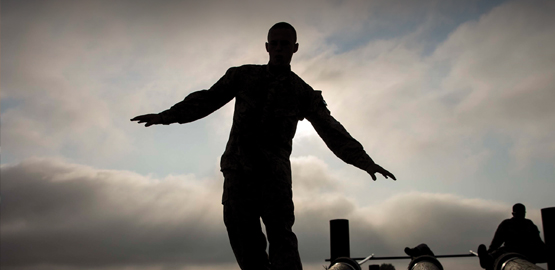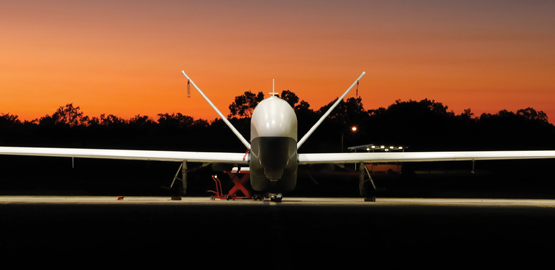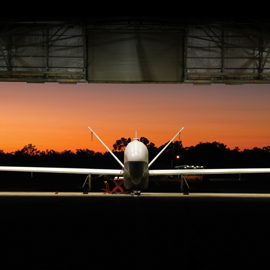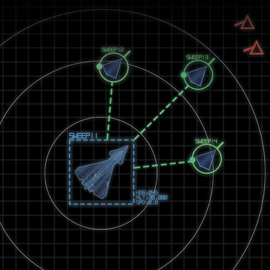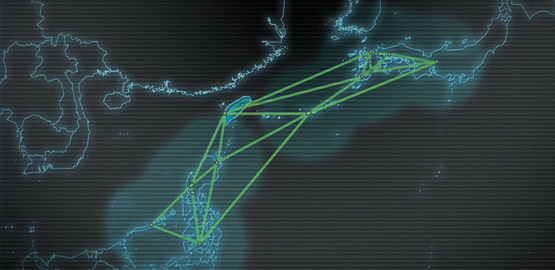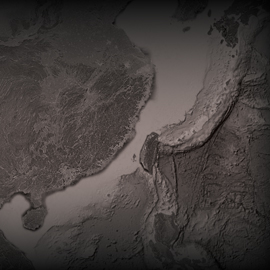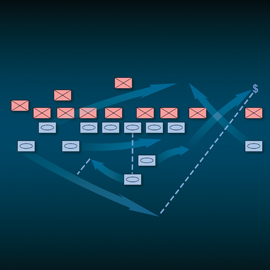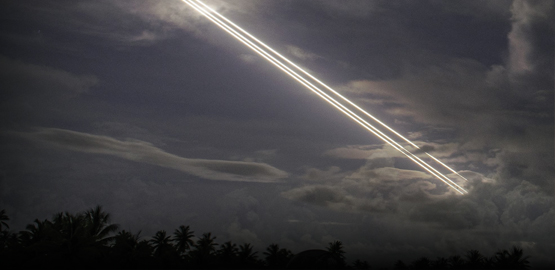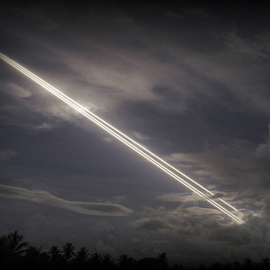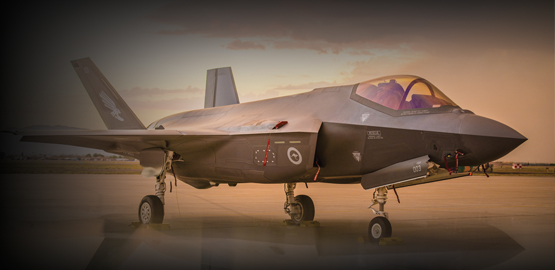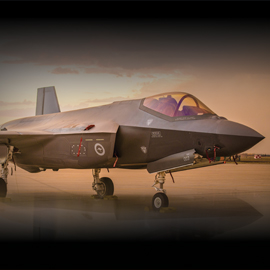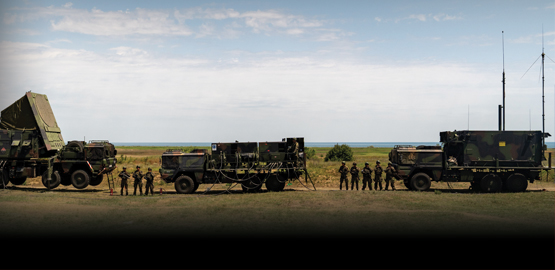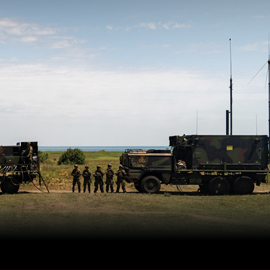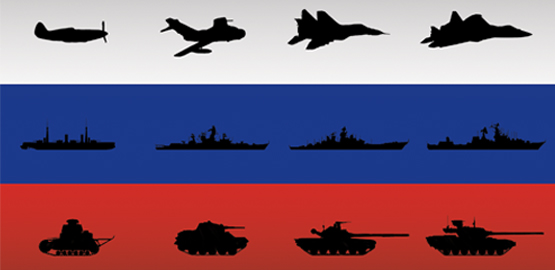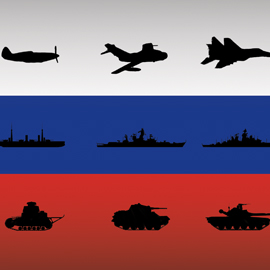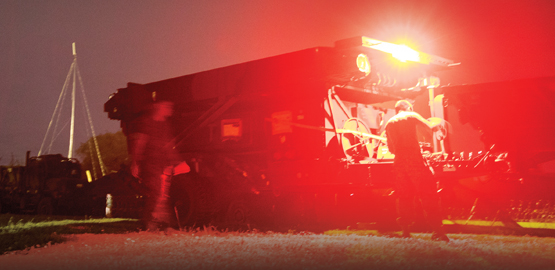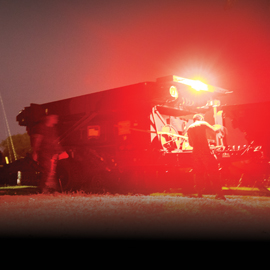Publications
"Nobody does defense policy better than CSBA. Their work on strategic and budgetary topics manages to combine first-rate quality and in-depth research with timeliness and accessibility—which is why so many professionals consider their products indispensable." – Gideon Rose, Editor of Foreign Affairs, 2010-2021
Nuclear Terrorism: Assessing the Threat, Developing a Response
Over the past several years, the prospect of a terrorist group armed with a nuclear weapon has frequently been cited as a genuine and overriding threat to the security of the United States. Although the likelihood of a nuclear terrorist attack may be relatively low, the consequences of such an attack would obviously be enormous. There is, therefore, widespread agreement regarding the severity of this threat. Despite this consensus, a number of important questions remain open to debate: How real is the risk that a terrorist group could acquire or construct a functional nuclear device, and how might it attempt to do so? Which group poses the greatest threat in this regard, how has that threat changed over time, and is it currently growing or abating? What existing and prospective measures will prove most effective in preventing terrorists from obtaining a nuclear weapon, stopping them from delivering and detonating a weapon if prevention fails, and responding both at home and abroad in the event that an attack succeeds? The purpose of this report is to examine these critical issues.
Somali Piracy: Not Just a Naval Problem
The hijacking of the 17,000 ton container ship Maersk Alabama off the Indian Ocean coast of Somalia on April 8th, 2009 was the first occasion when a US-flagged ship with a US crew had been captured by Somali pirates. If this had been an ordinary ship the expectation would have been that the ship and its crew would have been held for months beyond hope of rescue or retaliation waiting for a substantial ransom to be paid. Thanks to the effort that Maersk Lines had put into planning for such an eventuality, the courage and determination of the American crew in recapturing their ship, and the accuracy of the sharpshooters firing from the moving deck of the USS Bainbridge who killed three of the pirates holding the ship’s captain, Richard Phillips, in a lifeboat, this was not an ordinary hijacking. Instead, it was one of the shortest ever recorded.
The Future of U.S. Ground Forces
The three challenges confronting the U.S. military today—the war against Islamist terrorist elements, the prospect of nuclear-armed rogue states, and the potential rise of China as a military rival—differ greatly from those confronted during the Cold War era. Nor do they resemble the threats planned for in the immediate post-Cold War era, when minor powers like Iran, Iraq and North Korea which lacked weapons of mass destruction and were assumed to present challenges not all that different from Iraq during the First Gulf War.
The Project on National Security Reform: Challenges and Requirements
As we begin a new administration, we are sobered by the security challenges that have emerged in recent years: the attacks of 9/11; the deployment of U.S. troops to Iraq and Afghanistan; the erosion of barriers to nuclear proliferation; and the rapid rise of China and resurgence of Russia. Not surprisingly, there is considerable interest in what organizational changes the new administration might make in order to better meet these challenges. However, before undertaking such an enterprise, the new administration would be wise to craft a sound national security strategy to guide and inform any executive branch reorganization. Anything less would be putting the cart before the horse.
Special Operations Forces: Challenges and Opportunities
SOF have figured prominently in U.S. military operations since 2001 and have become central to the implementation of U.S. national defense strategy with respect to the war against violent Islamist extremism, which is likely to be increasingly fought indirectly and in countries with which the United States is not at war. During the unconventional war against the Taliban and al Qaeda in Afghanistan in Operation Enduring Freedom, SOF played a pivotal role by integrating U.S. precision air power with the operations of irregular Afghan opposition forces to achieve rapid regime change and eliminate al Qaeda’s primary sanctuary.
The US Navy: Charting a Course for Tomorrow’s Fleet
This paper assesses the adequacy and affordability of current US Navy plans in light of current trends in naval warfare, expected future budget environments, and, most importantly, the likely operational demands associated with three enduring, long-term strategic challenges. These challenges are: defeating both the Sunni Salafi-Takfiri and Shia Khomeinist brands of violent Islamist radicalism; hedging against potential challenges posed by authoritarian capitalist states such as China and Russia; and preparing for a world in which there are more nuclear-armed regional powers. After conducting this assessment, the report lays out recommended changes to the current Navy plans in order to envision a future fleet that is both more capable and more affordable.

